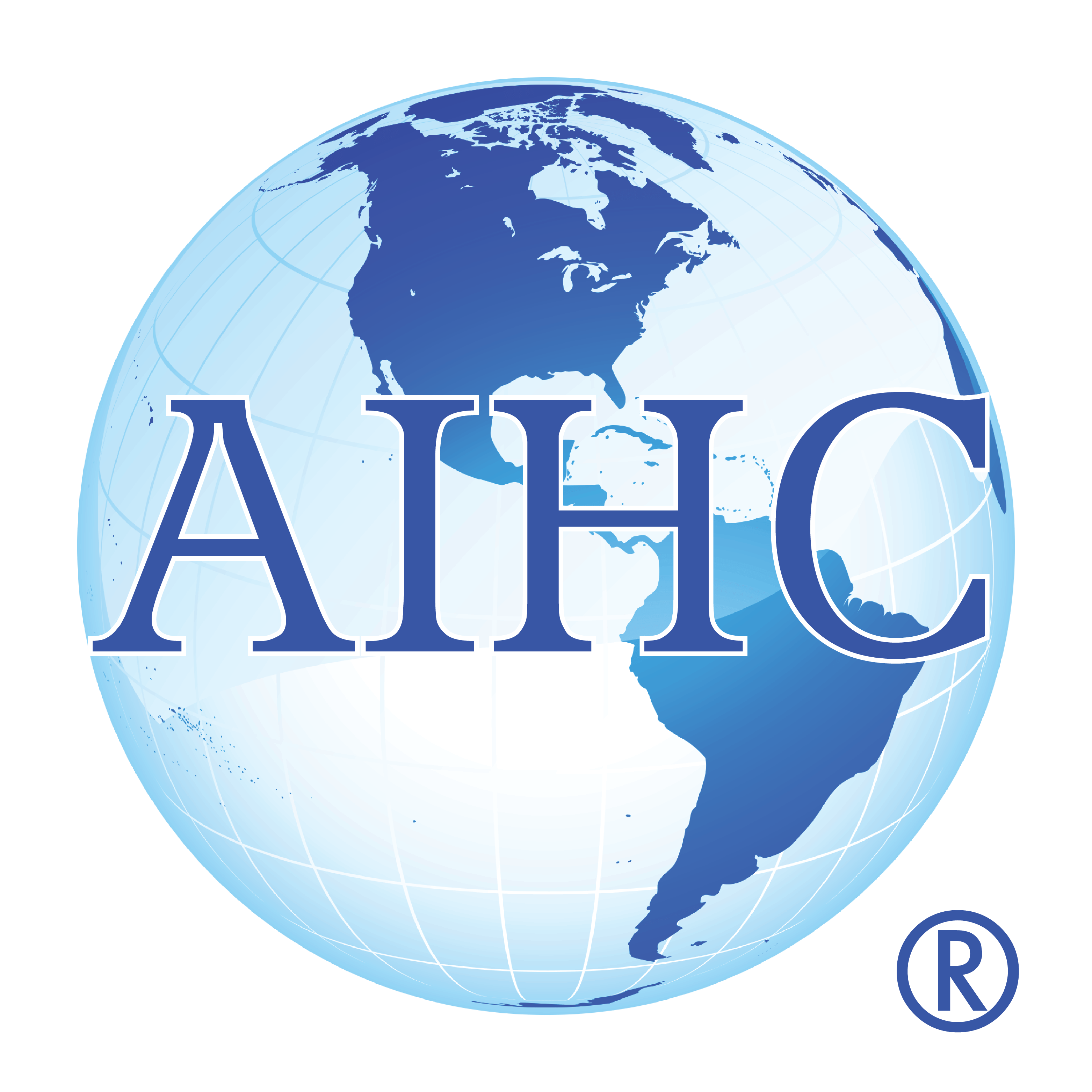Why Staff Wellness Is a Risk Management Issue
Written By Dr. Stacey Atkins, PhD, MSW, LSW, CPC, CIGE
This article, grounded in findings from the recent AIHC webinar presentation 'Burnout, Boundaries, and Compliance: Why Staff Wellness Is a Risk Management Issue,' explores how staff wellness programs can be embedded into organizational quality plans and compliance frameworks to proactively address workforce fatigue and prevent downstream risks.
In today’s healthcare environment, the intersection of staff wellness, regulatory compliance, and organizational quality has become impossible to ignore. As staff burnout reaches unprecedented levels, it is increasingly clear that wellness is not just a human resources concern, but a compliance and risk management imperative.
Understanding the Compliance Implications of Burnout
Burnout, defined by the World Health Organization as a syndrome resulting from chronic workplace stress that has not been successfully managed, presents real compliance risks. These risks include errors in clinical documentation, lapses in ethical judgment, and regulatory breaches. Healthcare organizations must recognize that failing to address burnout contributes to higher turnover, lower morale, increased patient safety incidents, and diminished organizational performance. These outcomes directly impact quality metrics and compliance reporting.
Embedding Staff Wellness into Quality Initiatives
A critical finding from Dr. Atkins presentation coupled with additional research identified the value of early detection—integrating wellness strategies at the onset of program design. Staff wellness plans must be embedded as part of quality improvement frameworks, not as optional extras. Organizations that build wellness into policy, practice, and compliance audits are more likely to see measurable improvements in documentation accuracy, patient satisfaction, and employee retention. Proactive wellness programs signal to staff that their well-being is prioritized and monitored, just like infection control or safety metrics.
Early Detection Is Essential
Early detection refers to the strategic implementation of burnout prevention strategies during the formative stages of a healthcare program or system process. Rather than responding to burnout reactively, early detection builds organizational resilience by identifying risk factors—such as understaffing, inadequate training, or high patient acuity—before they lead to harm. Embedding wellness at this early stage empowers staff and creates a feedback loop where staff input shapes policies, reducing the burden of moral distress and compassion fatigue.
Building a Compliance Culture That Prioritizes Wellness
Healthcare compliance leaders are in a unique position to advocate for systemic change. A culture of compliance that integrates wellness must address:
- clear policies on mental health support,
- confidential self-reporting pathways for burnout,
- regular staff wellness assessments, and
- accountability structures that enforce reasonable workloads and boundaries.
Wellness champions and wellness subcommittees can play a pivotal role in fostering peer support and resilience among teams.
Practical Steps for Implementation
To effectively embed wellness into compliance strategy, healthcare organizations should:
- Incorporate staff wellness indicators into internal audits
- Require burnout screening as part of risk assessments
- Develop cross-functional wellness committees
- Use anonymous staff feedback to refine wellness interventions
- Align wellness initiatives with accreditation and CMS quality metrics
Conclusion
Burnout is a multifaceted risk that affects every level of a healthcare organization. By embedding wellness into compliance and quality frameworks from the start, organizations can create safer, more effective systems of care. Early detection, policy integration, and leadership advocacy are essential for ensuring that wellness is viewed not just as a benefit, but as a compliance requirement. The time for healthcare systems to act is now—staff wellness must be recognized as a foundational element of quality and risk management strategy.
About the Author
Dr. Stacey R. Atkins, PhD, MSW, LMSW, CPC, CIGE
Dr. Atkins is a Compliance Specialist working as a team member in the Education Department of the American Institute of Healthcare Compliance. Her career spans leadership roles with the Office of the State Inspector General, Department of Behavioral Health and Developmental Services, and HRSA, among others.
References
- Agency for Healthcare Research and Quality. (2022). Patient Safety Primer: Burnout and Resilience. Retrieved from https://psnet.ahrq.gov
- National Academy of Medicine. (2019). Taking Action Against Clinician Burnout: A Systems Approach to Professional Well-Being. The National Academies Press.
- Shanafelt, T. D., & Noseworthy, J. H. (2017). Executive leadership and physician well-being: Nine organizational strategies to promote engagement and reduce burnout. Mayo Clinic Proceedings, 92(1), 129-146.
- World Health Organization. (2019). Burn-out an “occupational phenomenon”: International Classification of Diseases. Retrieved from https://www.who.int
Copyright © 2025 American Institute of Healthcare Compliance All Rights Reserved
